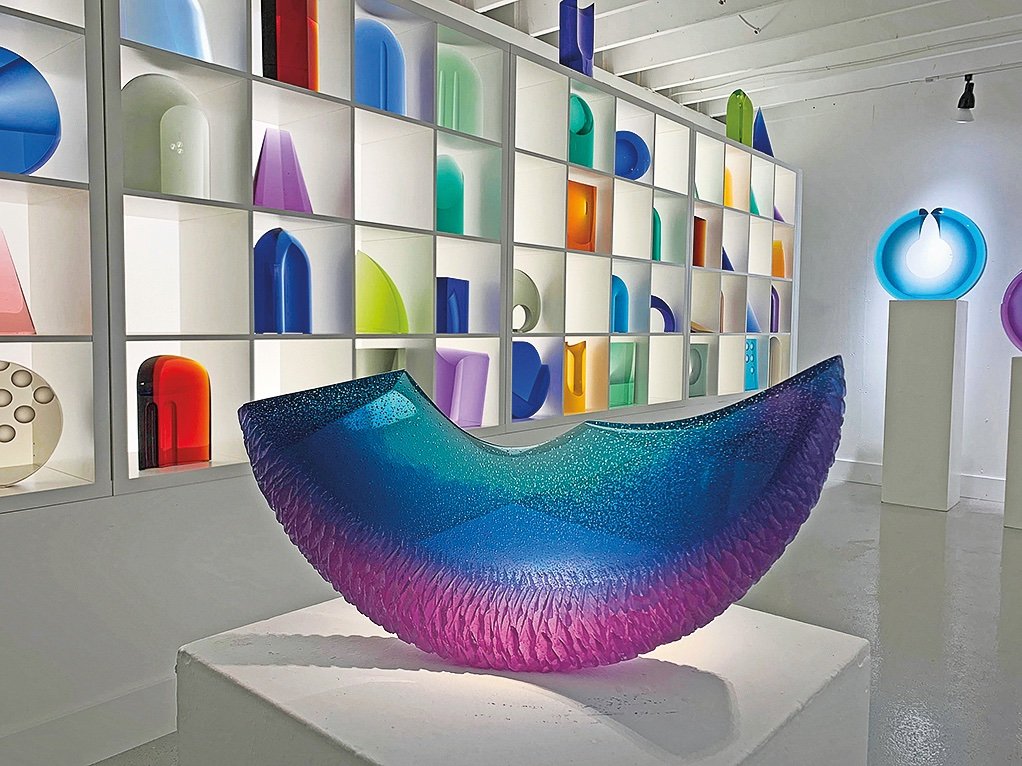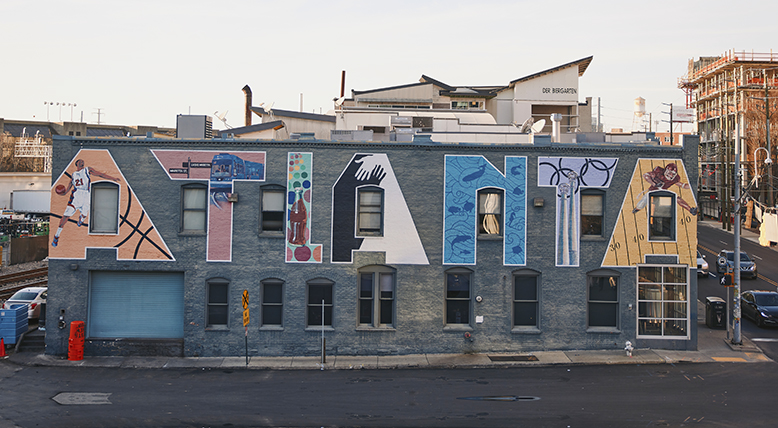Combine gentrification with complex city and county bureaucracies and you have a landscape that can be hard to navigate, says Massey. “We’re trying to adapt. However, this thing changes all the time. It’s definitely not the easiest place.” While a lot of things can turn you off about the city, says Massey, “Detroiters love Detroit. It’s a magical ass place.”
Over several days in early June, Detroit will host the Glass Art Society’s (GAS) annual conference, which will feature speakers, demonstrations, and a mobile hot shop from the Corning Museum of Glass. GAS, which is based in Seattle, timed the conference to coincide with the Michigan Glass Project festival, a raucous music, glass, and art event that raises money for arts curricula in Detroit public schools. A documentary about the project, called Art That Gives Back, will premier during the combined event, which is expected to draw thousands, including glassblowers from across the country.
“Detroit has a long and proud history as an industrial city and a transformative place,” says GAS’s executive director, Brandi Clark. “And in recent years, it has undergone a rebirth and growth as a hardworking city of creatives, innovators, and change-makers.”
“They have such a large flame-working community there,” Clark adds. “The Michigan Glass Project—we are so impressed with what they do for their local community. We feel so lucky to be working with them. They are one of the main reasons we chose Detroit.”
For American Craft’s first installment of The Scene, which looks at the craft landscape in a single city, we asked seven Detroit artists to share their perspectives on the place they call home. They described what’s most inspirational about Detroit, even including its suburbs and enclave cities such as Hamtramck; the best places to get supplies; where craft artists hang out; and the local artists they most admire. Clark provided picks, too, based on her glass-focused scouting trips. The result is a rich, if subjective, portrait of this complex, ever-changing metropolis.
Jennifer Vogel is senior editor of American Craft.
























